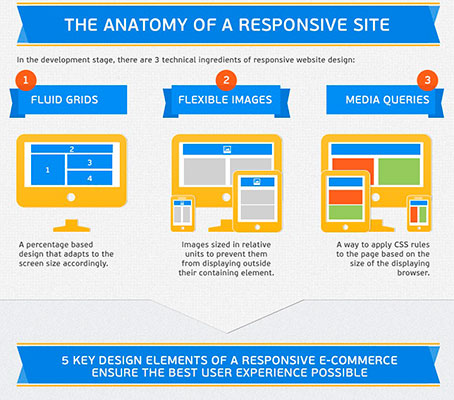Basic Facets Of Web Design: Standards For Developing A User-Centric Site
Basic Facets Of Web Design: Standards For Developing A User-Centric Site
Blog Article
Article Written By-McKnight Neville
When it pertains to web site style, making sure user-friendliness is key. From responsive layout to structured navigating, every aspect plays a vital function in developing a site that caters to your audience's demands. But what about the better details that can make or damage an individual's searching experience? Remain tuned as we reveal some often-overlooked pointers that can boost your website's functionality to the next level, making it truly stand apart in the digital landscape.
Value of Responsive Style
Receptive layout is an essential facet of modern web site growth. Ensuring your internet site is responsive means that it can adjust to different display dimensions and devices, providing a smooth experience for individuals.
With the boosting use smartphones and tablet computers to access the web, having a responsive design is vital for reaching a larger target market. It helps in boosting individual experience by making your internet site very easy to navigate and keep reading any device.
Furthermore, website content developer can favorably impact your search engine positions, as online search engine like Google focus on mobile-friendly web sites. By having a responsive style, you're also future-proofing your internet site, as brand-new devices with varying screen sizes remain to emerge.
Simplify Navigating Structure
To boost user experience and assist in very easy access to details on your internet site, enhancing the navigating structure is extremely important. When designing your site, concentrate on producing a clear and user-friendly navigating food selection that helps visitors discover what they're trying to find rapidly.
Limit the variety of food selection items to the essentials, grouping related pages together to avoid overwhelming customers. Usage detailed labels that plainly indicate the content of each web page, making it easier for customers to comprehend where each link will certainly take them.
Consider carrying out dropdown menus for subcategories to stop cluttering the major navigation bar. Additionally, include a search bar prominently on the web page for users that prefer searching for details information.
Prioritize mobile responsiveness in your navigating design to make sure simple gain access to on all devices.
Optimize Web Page Tons Rate
Improving web page lots rate is vital for maintaining site visitors on your site. Slow-loading web pages annoy customers and can result in high bounce prices. To optimize page tons speed, start by optimizing pictures. Compress images without jeopardizing top quality to minimize their file dimensions.
In addition, allow browser caching to save regularly accessed sources in your area, speeding up tons times for returning site visitors. online marketing search engine optimization , JavaScript, and HTML documents by getting rid of unnecessary personalities, comments, and formatting, boosting load rate.
Consider utilizing a material shipment network (CDN) to distribute your site's content across multiple web servers worldwide, lowering latency for individuals accessing your site from different places. Finally, limit the use of third-party scripts and plugins, as they can dramatically affect tons times.
Verdict
To conclude, by incorporating responsive design, simplifying navigating, and maximizing page tons rate, you can develop a straightforward web site that interest a larger audience and boosts individual experience. These essential elements make certain that site visitors can easily access and navigate your website across different tools, resulting in increased interaction and complete satisfaction. By concentrating on these vital aspects, you can develop an effective website that keeps individuals returning for even more.
